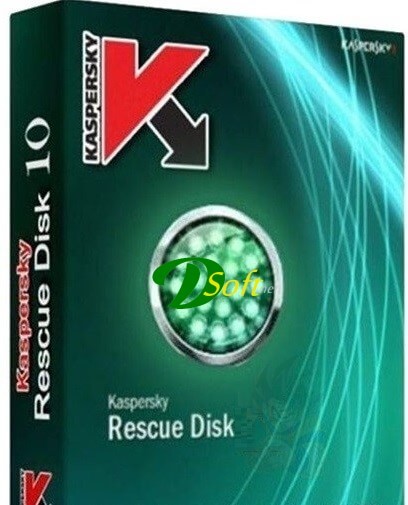

- #Kaspersky rescue disk update doesnt create folder full#
- #Kaspersky rescue disk update doesnt create folder software#
- #Kaspersky rescue disk update doesnt create folder iso#
- #Kaspersky rescue disk update doesnt create folder free#
To write an image of the Kaspersky Rescue Disk in ISO mode using Rufus, follow these steps: Restart your computer: After the scanning and removal process is complete, remove the rescue disk and restart your computer. Update virus definitions (optional): If an internet connection is available, you can update the virus definitions to ensure the most up-to-date protection. It will automatically detect and remove any identified malware threats. Scan and remove malware: Once the rescue disk environment loads, follow the on-screen instructions to initiate the scanning process. Make sure the computer is configured to boot from the disk. Burn the ISO to a CD/DVD or create a bootable USB drive using appropriate software.īoot from the rescue disk: Insert the rescue disk into the affected computer and restart it.
#Kaspersky rescue disk update doesnt create folder full#
Users can choose from various scanning modes, including quick scan, full scan, and selective scan, to suit their specific needs.ĭownload and create a bootable rescue disk: Visit the official Kaspersky website or FileHorse and download the Rescue Disk ISO file.
#Kaspersky rescue disk update doesnt create folder software#
The software boasts a user-friendly interface, enabling both novice and experienced users to navigate through the scanning and remediation processes easily. It provides regular virus database updates to ensure you have the latest protection against emerging threats. The software employs advanced scanning algorithms to detect and eliminate a wide range of malware threats, even those deeply embedded in the system. It creates a self-contained environment that runs before the operating system loads, ensuring that malware has no opportunity to execute or evade detection. This software operates outside of the operating system (OS), making it particularly effective in cases where malware compromises the system's regular antivirus or the OS itself. It offers a robust defense mechanism against malicious software, including viruses, trojans, worms, rootkits, and other forms of malware. Kaspersky Rescue Disk is a bootable antivirus solution developed by Kaspersky Lab, a renowned name in the cybersecurity industry. Easily remove malicious objects from your computer without the risk of getting infected. For example, " doscsi" enables SCSI support in the initial ramdisk boot, while " noscsi" disables it. This lists the Gentoo-specific options, along with a few options that are built-in to the kernel, but that have been proven very useful to users.Īlso, all options that start with "do" have a "no" inverse, which does the opposite. Boot from the Kaspersky Rescue Disk to scan and remove threats from an infected computer without the risk of infecting other files or computers.īurn this ISO image to a CD, insert it into the infected system's CD-ROM drive, enter the PC's BIOS, set it to boot from the CD, and reboot the computer.
#Kaspersky rescue disk update doesnt create folder free#
You can also see the virus activity overview at by clicking the Virus activity review link.Kaspersky Rescue Disk is a free tool for disinfecting computers from malware that does not allow the operating system to start. Number of database records and their composition.įor detailed information about events, which have occurred during the task, go to the update report (the Report link in the top part of the window).If the databases on your computer differ from those on the update server, the application downloads only the incremental part of the updates. When selecting an update source, the anti-virus databases on your computer are compared with those at the update source. Database status (up to date, out of date or corrupted).On the tab the following settings are displayed: You can decide whether it is necessary to download updates based on its status on the My Update Center tab of the main application window. The anti-virus databases need to be constantly updated. Change update source regional settings.If the preset settings do not meet your needs, you can: Kaspersky Rescue Disk is updated according to a preset combination of settings. Prior to updating the databases, Kaspersky Rescue Disk creates a backup copy of them should you want to roll back to the previous version. If the databases have become corrupted during the update process, you can roll back update. While the task is running, Kaspersky Rescue Disk downloads the updates and installs them on your computer. To update anti-virus databases, run the update task. Information about threats and neutralization methods is stored in Kaspersky Rescue Disk’s databases, so timely updating is an essential part in maintaining reliable protection. New viruses, Trojans, and malicious software emerge daily, so it is important to regularly update the application to keep your personal data constantly protected. Keeping the application updated is a prerequisite for reliably protecting your computer.


 0 kommentar(er)
0 kommentar(er)
